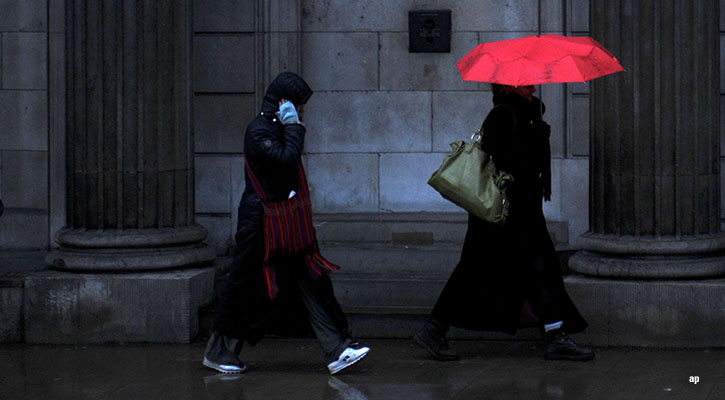
China’s debt pile is huge – and getting bigger. The Institute of International Finance, an industry body, estimates China’s total debt stood at more than 300% of GDP as of May 2017. Debt has risen by 130 percentage points of GDP since the financial crisis, much faster than in other large economies.
For emerging-market equity investors, China’s debt mountain now resembles a Sword of Damocles dangling over their portfolios. But in fixating on China’s debt levels and the risks of an economic hard landing, investors may have missed a more pertinent danger. China’s credit cycle is starting to turn, with significant implications for investment assets across markets in Asia and beyond.
GDP Growth vs Paying Down Debt
Despite signs the government is growing more concerned about rising credit and opaque lending mechanisms, most investors believe it will continue to prioritise GDP growth over deleveraging until November, when the Communist Party convenes for its National Congress.
The top-line indicators would seem to support this view. GDP growth continues apace – the economy expanded 6.9% in the second quarter of 2017, comfortably exceeding the government’s target – and the overall debt burden continues to rise.
Nevertheless, look deeper and it is evident that liquidity has begun to tighten considerably. Approximately RMB 1.1 trillion has flowed out of commercial bank investments with mutual funds and brokerages since April, according to PRC Macro, a consultancy. Inter-bank rates have also begun to rise: the benchmark overnight repo rate in Shanghai has risen from 2.2% at the beginning of January to 2.75% in July 20.
Some commentators have deemed this latter change insignificant, because the People’s Bank of China (PBC) has hiked interbank rates far more quickly in the past. However, given the rapid increase in China’s debt load in recent years, apparently minor shifts in money-market rates could be extremely significant. Smaller banks dependent upon wholesale funding will suddenly find it much more difficult to borrow, which may curb the flow of credit to companies in a range of sectors.
Delicate Balancing Act for the PBC
A turn in the credit cycle leading to a 2015-style equity-market correction remains unlikely however, and the risks of a ‘hard landing’ remote, at least for the time being. The government will aim to ensure the deleveraging process is as smooth and painless as possible. The PBC will try to strike a delicate balancing act, encouraging deleveraging in the financial sector while minimising monetary deleveraging; that is, it will continue to extend credit to commercial banks through its Medium-term Lending Facility while putting pressure on financial institutions to rein in shadow lending.
Over the long run, deleveraging is vital. By cutting its massive debt load, China will make its economy safer and more resilient, and remove the Sword of Damocles from above investors’ heads. But there will be some negative consequences. Chinese equities are likely to suffer as cheap credit becomes more difficult to come by, and bond yields will probably rise as interbank rates are pushed higher.
Slowdown Will Be Felt Globally
The effects of the shift in the credit cycle will also be felt far beyond China. Recent history indicates how this may play out. Many commentators attributed Brazil’s economic travails in 2015 and 2016 to the corruption scandal and impeachment of former president Dilma Rousseff.
But the impact of a decline in Chinese demand for raw materials following its economic slowdown in 2015 was arguably more important. It is no surprise Brazil started to emerge from its slump when demand in China – its biggest trading partner – began to rise again towards the end of last year.
Additionally, the return of Chinese demand was arguably more of a factor in propelling a global rebound in commodity prices and inflation than the commonly-cited cause: the election of Donald Trump as US president, which investors hoped would bring less regulation and more fiscal stimulus. This shows China’s credit cycle is of relevance to developed-market investors too.
It is the emerging markets that have most to fear as Chinese credit growth slows, however. Emerging-market investors should keep a close eye on signs of weakening demand as the government’s deleveraging project proceeds. These signs will not necessarily be evident in debt and quarterly growth figures, but in less-obvious metrics: freight movement and electricity-generation patterns, for example, tend to be reliable indicators of industrial activity in China’s rustbelt.
As is often the case in China, investors will need to look past the headlines to the more granular detail that reveals the true story about the health of the economy. Xi’s government looks ready to turn the page to a new chapter of that story sooner than expected.
Disclaimer
The views contained herein are those of the author(s) and not necessarily those of Morningstar. If you are interested in Morningstar featuring on our website, please email submissions to UKEditorial@morningstar.com


























